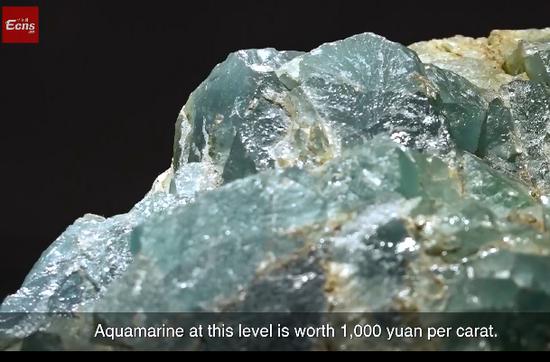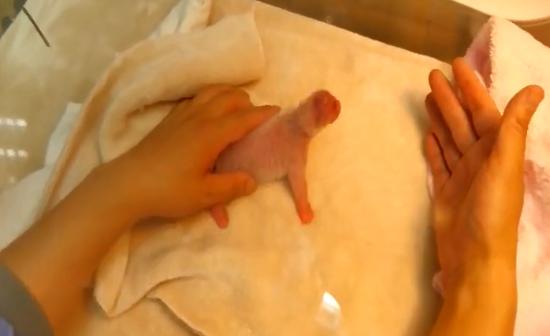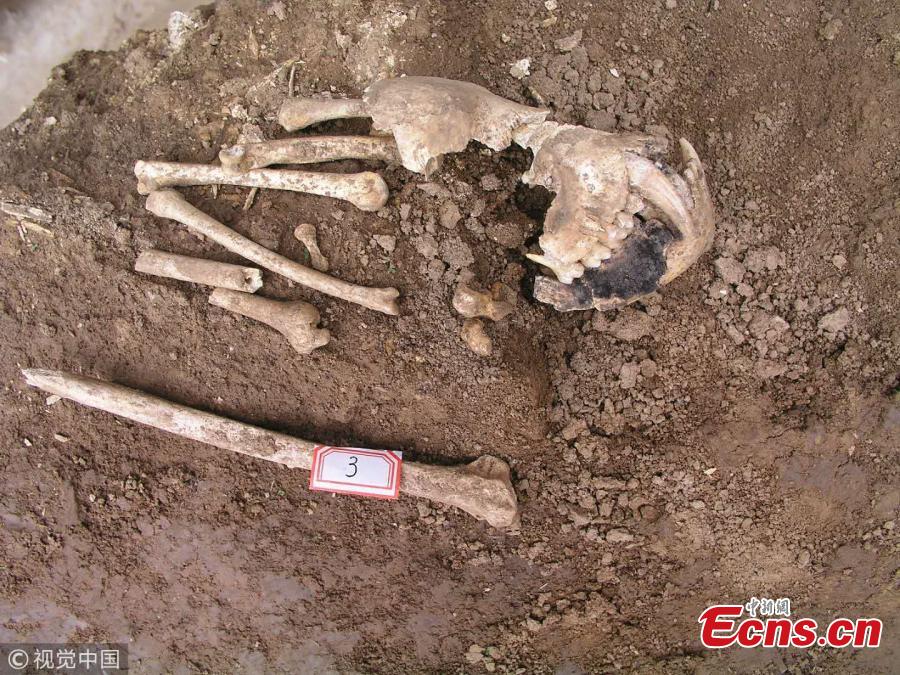
Physical evidence of a vanished gibbon has turned up in a tomb that may have been built for Lady Xia, the grandmother of China's first emperor, Qin Shi Huang, nearly 2300 years ago, in Xi’an City, Shaanxi Province. The skull and jaw found in the tomb are so distinctive that scientists conclude they belong to a member of a now-extinct gibbon genus. Researchers from China and the United Kingdom have published the finding on Science. (Photo/VCG)
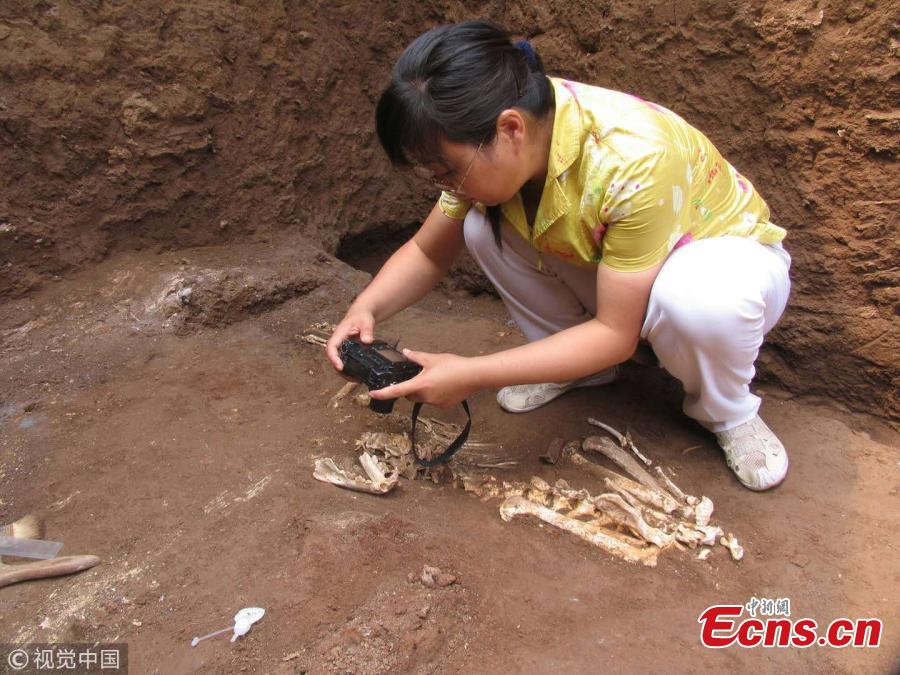
Physical evidence of a vanished gibbon has turned up in a tomb that may have been built for Lady Xia, the grandmother of China's first emperor, Qin Shi Huang, nearly 2300 years ago, in Xi’an City, Shaanxi Province. The skull and jaw found in the tomb are so distinctive that scientists conclude they belong to a member of a now-extinct gibbon genus. Researchers from China and the United Kingdom have published the finding on Science. (Photo/VCG)
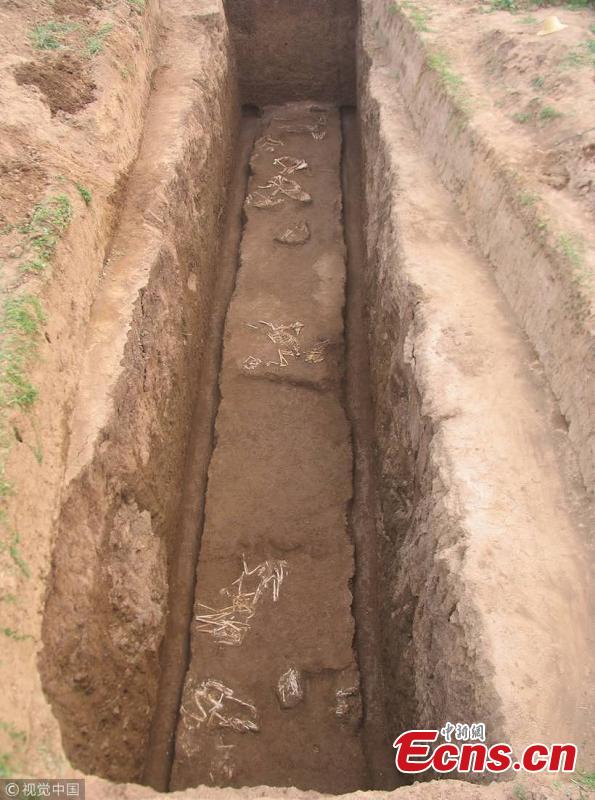
Physical evidence of a vanished gibbon has turned up in a tomb that may have been built for Lady Xia, the grandmother of China's first emperor, Qin Shi Huang, nearly 2300 years ago, in Xi’an City, Shaanxi Province. The skull and jaw found in the tomb are so distinctive that scientists conclude they belong to a member of a now-extinct gibbon genus. Researchers from China and the United Kingdom have published the finding on Science. (Photo/VCG)





















